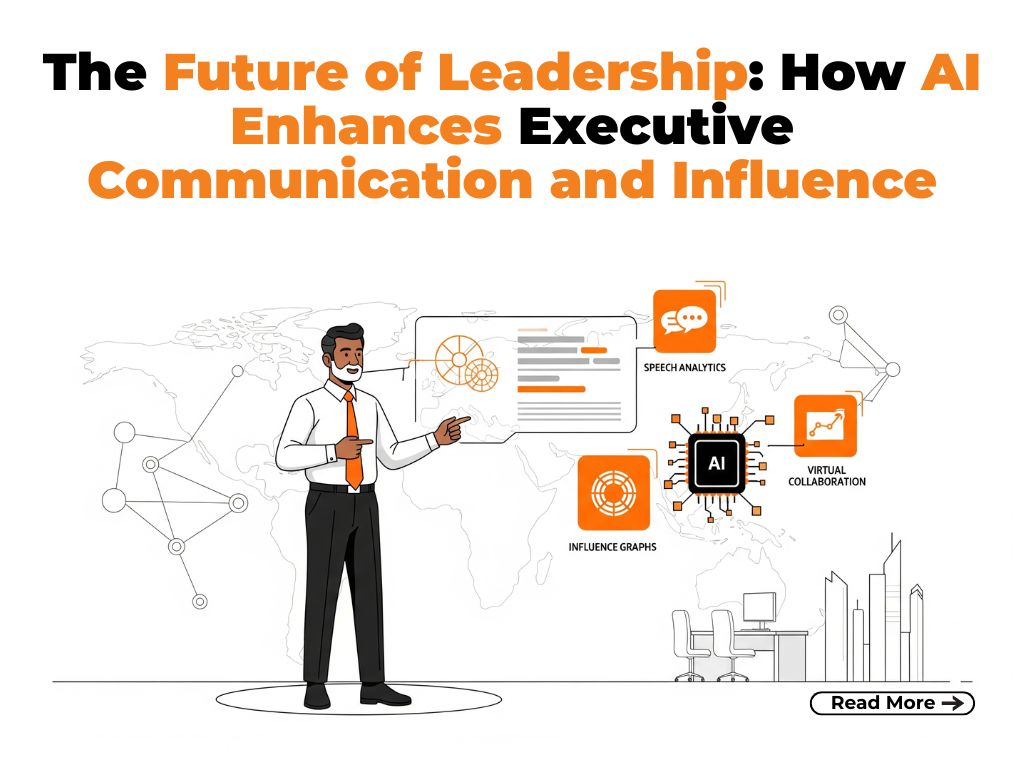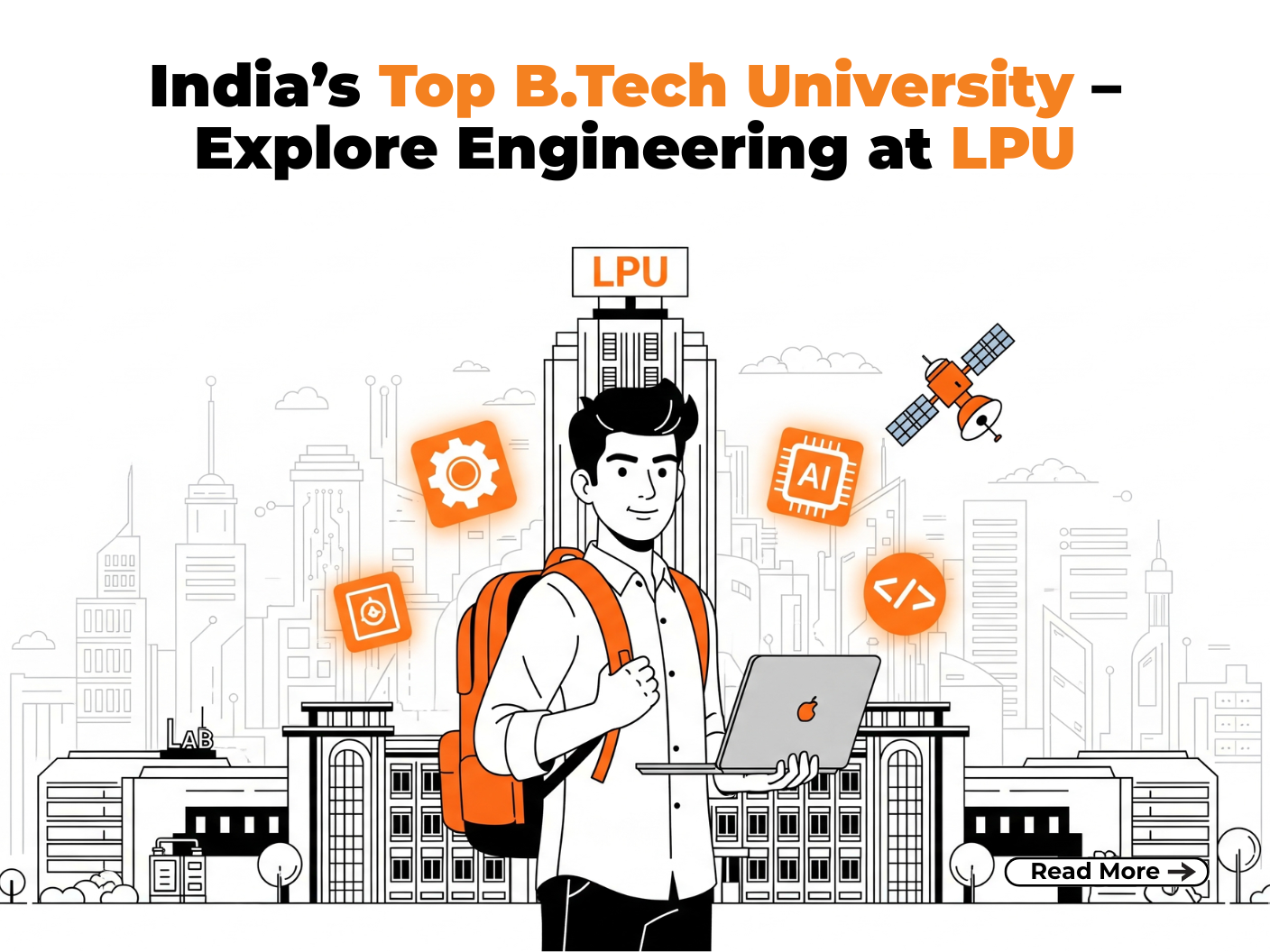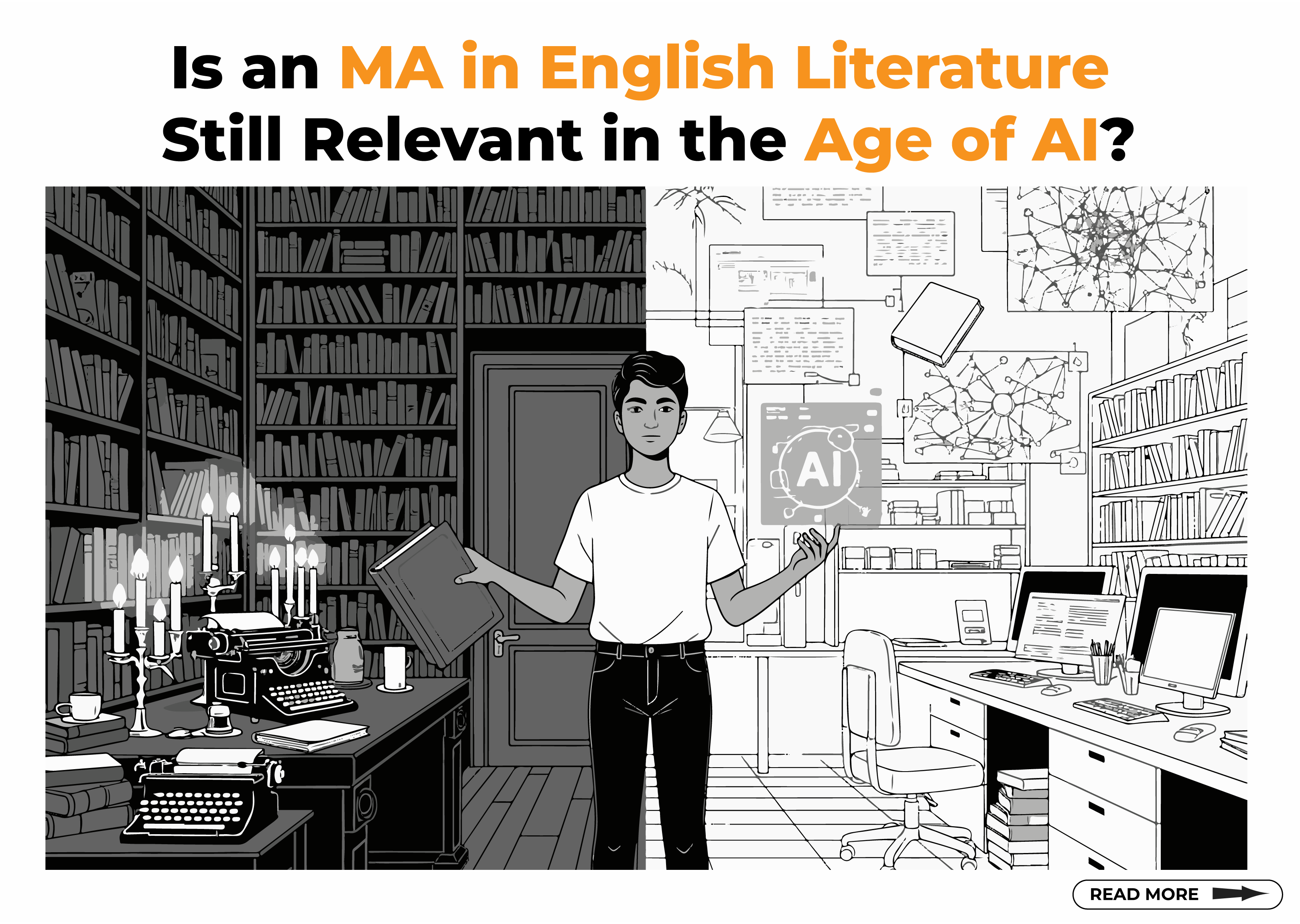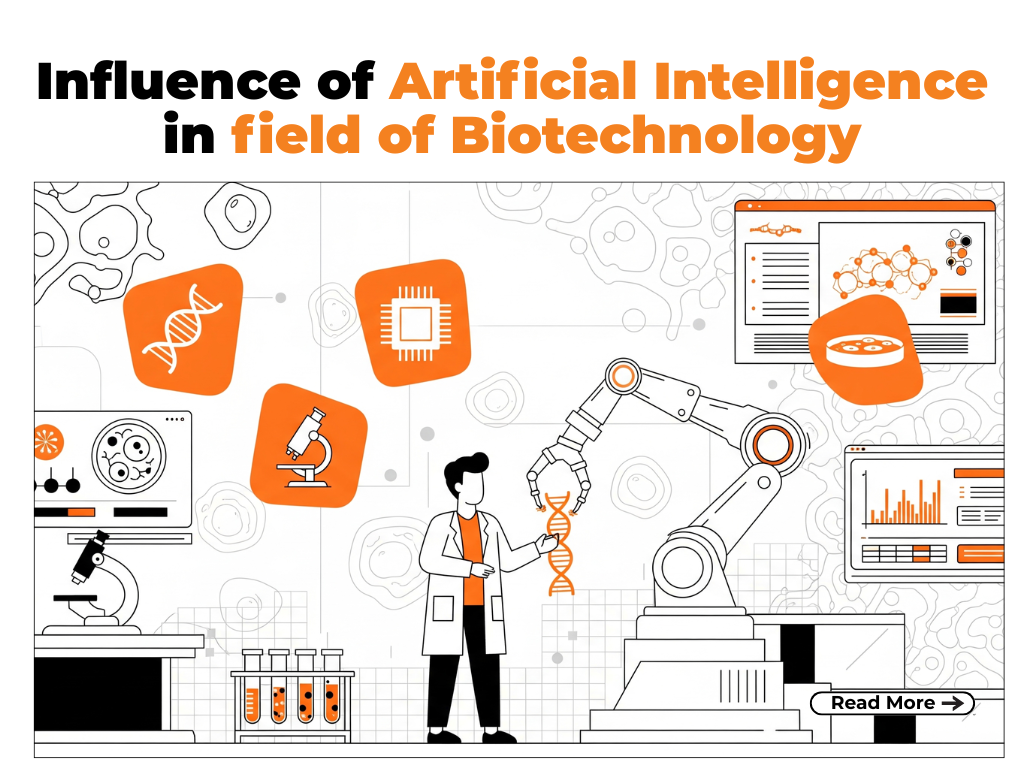Farming has always been a practical, hands-on activity rooted in tradition. Today, however, digital farming and AI in agriculture are becoming essential tools for boosting efficiency and sustainability in the face of climate and resource challenges. Tools like Artificial Intelligence (AI), the Internet of Things (IoT), and drones are enabling farmers to work more efficiently, conserve resources, and respond better to environmental challenges. These innovations are laying the groundwork for smarter, more sustainable farming practices.
If you’re a student of agriculture or horticulture, you’re likely already aware of the changes technology is bringing. This blog offers a clear, approachable explanation of how smart tools are transforming farming—and why this matters to both science and society.
From Traditional Farming to Smart Agriculture
In the past, farmers relied on experience and visual cues to decide when to water, fertilize, or harvest. While effective in some cases, these methods can fall short when the weather changes suddenly or when resources like water are scarce.
Smart farming introduces a new way to manage crops by using technology to make decisions. Smart farming solutions are reshaping practices across the sector, allowing for data-backed decisions that minimize risks and enhance productivity. AI tools can analyze data from soil tests, weather forecasts, and plant health checks to recommend the best actions. This helps farmers reduce waste, lower costs, and increase productivity.
How AI and IoT Support Modern Farming
AI can process large amounts of data and provide valuable insights. For instance, it can predict crop yields, identify signs of disease, or warn about pest threats. Some AI systems even use pictures of plant leaves to detect early symptoms of plant stress or infection.
IoT devices are sensors placed in fields that collect data about soil moisture, temperature, sunlight, and other conditions. This information is sent to an app or computer, allowing farmers to know what’s happening in their fields in real time.
Drones add another powerful layer of technology. They can fly over large areas and capture images or videos, helping farmers quickly identify which sections of their land need attention. Together, AI, IoT, and drones form a smart farming system that enables quicker, better-informed decisions.
Why It Matters for Horticulture
These technologies are especially useful in horticulture, where fruit trees and other crops require careful, constant care. With drones and sensors, farmers can monitor orchards for signs of disease, such as fruit rot, and take action before problems spread.
Precision agriculture ensures that water, nutrients, and care are applied only where and when needed, improving yield and reducing environmental impact.
Smart irrigation systems powered by IoT technology deliver water only when and where it’s needed. This conserves water and supports healthier plant growth. After harvesting, AI helps predict how long produce will stay fresh and what storage conditions are ideal—reducing food waste and improving quality.
These applications align directly with horticultural education, where precision, sustainability, and efficiency are key.
Barriers to Adoption
Even with all the benefits, smart farming isn’t easy for everyone to adopt. High-tech equipment can be costly, making it out of reach for many small or marginal farmers. Some rural areas also lack internet access or basic digital literacy, making these tools harder to use.
Data privacy is another concern. When farm data is collected and stored by companies, farmers might not have full control or know how the data is being used. In addition, many AI systems don’t explain their results clearly, which can lead to confusion or mistrust.
To address these challenges, schools, universities, and the government must provide support—through training programs, low-cost technologies, and better infrastructure.
Startup Innovation and Government Support
India has become a hub for AgriTech startups that offer affordable and practical solutions for farmers. Companies like CropIn, Fasal, and DeHaat provide digital tools for tracking weather, monitoring crop health, and getting market prices.
Government initiatives such as the Digital Agriculture Mission and the National e-Governance Plan in Agriculture (NeGP-A) are also promoting innovation. These programs support farmers, fund tech development, and encourage collaboration among schools, businesses, and farming communities.
Strengthening Agricultural Education
To prepare students for the future of agriculture, schools and colleges must update their courses. It’s no longer enough to study just soil and crops—students should also learn how to operate drones, analyze data, and even start their own agriculture-based businesses.
Teachers and researchers in horticulture should test new tools in the field, assess how they perform, and use those findings to shape smarter policies and practices. This approach can help bring smart farming to more farmers, especially in rural areas.
Conclusion: Where Tradition Meets Technology
AI, IoT, and drones are not here to replace farmers—they’re here to support them. These tools reduce manual labor, improve profits, and help protect natural resources.
Artificial intelligence in agriculture and AI in farming represent not just innovation, but a cultural shift towards data-driven sustainability and inclusive growth.
The goal is not just to build futuristic farms but to make sure these tools benefit everyone, including small-scale and traditional farmers. With the right mix of technology, education, and community support, farming can become more inclusive, resilient, and sustainable.
The seeds of change have been sown. Now it’s time for students, teachers, and farmers to grow together—and help shape the future of smart, responsible agriculture.














